Home>Furniture & Design>Interior Design Trends>How To Remove Frosting From Glass
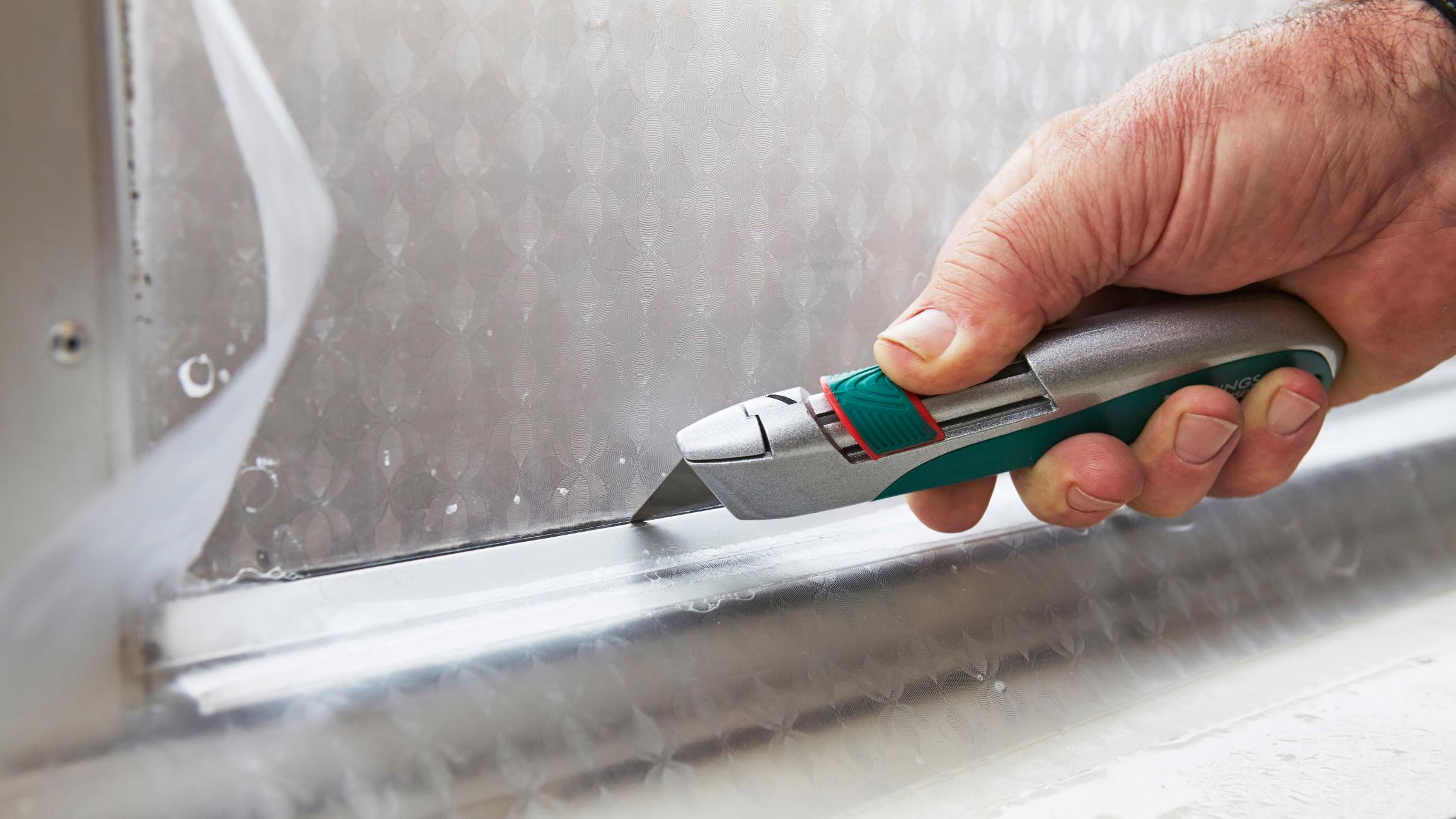

Interior Design Trends
How To Remove Frosting From Glass
Modified: March 2, 2024
Learn the latest interior design trends for removing frosting from glass. Discover expert tips and techniques to update your space.
(Many of the links in this article redirect to a specific reviewed product. Your purchase of these products through affiliate links helps to generate commission for Storables.com, at no extra cost. Learn more)
Introduction
Frosting on glass surfaces can be a pesky nuisance, often obscuring the clarity and beauty of the glass. Whether it's a result of accidental overspray from cleaning products, the remnants of adhesive from stickers, or the natural buildup of mineral deposits, dealing with frosted glass can be a frustrating experience. However, fear not, as there are several effective methods for removing frosting from glass, each with its own unique approach and benefits.
In this comprehensive guide, we will explore various techniques for restoring the pristine transparency of glass. From using common household ingredients like vinegar and baking soda to employing commercial glass cleaners and razor blades, we will delve into the step-by-step processes and precautions associated with each method. By understanding the nuances of these approaches, you will be equipped with the knowledge and confidence to tackle frosting on glass surfaces with ease.
So, whether you're looking to rejuvenate the clarity of your shower doors, windows, or glassware, this guide will provide you with the insights and practical tips needed to achieve remarkable results. Let's embark on this journey to unveil the secrets of removing frosting from glass and rediscover the sheer brilliance of transparent surfaces.
Key Takeaways:
- Say goodbye to frosted glass by using vinegar and water to dissolve mineral deposits and chemical residues, revealing the pristine clarity of the glass. It’s an eco-friendly and effective solution for maintaining glass surfaces.
- Harness the power of baking soda and water to gently dislodge stubborn frosting from glass, restoring its transparency without causing damage. This natural method contributes to long-term maintenance and visual appeal.
Read more: How To Remove Frosted Glass
Understanding the Frosting on Glass
Frosting on glass, also known as etching, occurs when the surface of the glass becomes visibly cloudy or opaque. This phenomenon can result from various factors, including mineral deposits, hard water stains, chemical residues, or the application of frosted glass spray. Understanding the nature of frosting on glass is crucial for selecting the most effective removal method.
Mineral deposits and hard water stains often manifest as a result of water evaporation on glass surfaces, leaving behind mineral residues that gradually build up and create a frosted appearance. This is particularly common in areas with hard water, where the high mineral content can lead to stubborn deposits on glass.
Additionally, chemical residues from cleaning products or adhesive remnants from stickers and tapes can contribute to frosting on glass. When cleaning solutions containing harsh chemicals are sprayed onto glass surfaces, overspray can settle and dry, forming a hazy film that obscures transparency. Similarly, the removal of stickers or tapes can leave behind adhesive residues that create a frosted effect on the glass.
Moreover, intentional frosting of glass using specialized sprays or etching techniques can also result in a frosted appearance. While this type of frosting is deliberate and often serves decorative or privacy purposes, there may be instances where the frosting needs to be removed or refreshed.
Understanding the underlying causes of frosting on glass is essential for determining the most suitable removal method. By identifying the specific nature of the frosting, whether it's due to mineral deposits, chemical residues, or intentional etching, you can tailor your approach to effectively restore the clarity and luster of the glass surface.
With a clear understanding of the diverse factors that contribute to frosting on glass, we can now explore the methods for removing this unwanted cloudiness and restoring the pristine transparency of glass surfaces.
Methods for Removing Frosting from Glass
When it comes to restoring the transparency of frosted glass, there are several effective methods that cater to different types of frosting and varying levels of stubbornness. From utilizing common household ingredients to employing specialized tools and commercial products, the following methods offer versatile solutions for tackling frosting on glass surfaces.
Using Vinegar and Water
A simple yet potent approach for removing mild frosting from glass involves the use of vinegar and water. The acidic nature of vinegar makes it an excellent agent for breaking down mineral deposits and chemical residues that contribute to the frosted appearance. To utilize this method, create a solution by mixing equal parts of white vinegar and water in a spray bottle. Thoroughly spray the frosted glass surface with the solution and allow it to sit for a few minutes. Then, using a clean microfiber cloth or sponge, gently scrub the glass in circular motions to dislodge the frosting. Finally, rinse the glass with clean water and dry it with a lint-free cloth to reveal the restored clarity.
Using Baking Soda and Water
For slightly more stubborn frosting, the combination of baking soda and water can serve as an effective abrasive paste to remove the haze from glass surfaces. Begin by creating a paste using baking soda and water, ensuring a thick yet spreadable consistency. Apply the paste to the frosted areas of the glass and gently scrub in small circular motions using a soft cloth or sponge. The mild abrasive properties of baking soda work to lift and dislodge the frosting, gradually revealing the pristine transparency of the glass. Once the frosting has been removed, thoroughly rinse the glass with water and dry it to achieve a sparkling, clear finish.
Read more: How To Frost Glass
Using Commercial Glass Cleaners
Commercial glass cleaners formulated specifically for removing tough stains and residues can offer a convenient and powerful solution for tackling stubborn frosting on glass. These cleaners are designed to effectively dissolve and lift mineral deposits, hard water stains, and chemical residues, restoring the glass to its original clarity. When using commercial glass cleaners, follow the manufacturer's instructions for application and ensure proper ventilation in the area. After applying the cleaner and allowing it to work its magic, thoroughly rinse and dry the glass to reveal a pristine, frosted-free surface.
Using a Razor Blade
In cases where the frosting on glass is particularly stubborn or has hardened over time, utilizing a razor blade can provide a precise and targeted approach for removal. When using a razor blade, it is crucial to exercise caution and ensure that the glass surface is wet to minimize the risk of scratching. Gently glide the razor blade across the frosted areas at a shallow angle, carefully scraping away the stubborn residues. This method requires patience and a steady hand to avoid damaging the glass, but when executed with care, it can effectively eliminate even the most resilient frosting, leaving the glass clear and revitalized.
By exploring these diverse methods for removing frosting from glass, you can select the most suitable approach based on the nature and severity of the frosting. Whether opting for natural remedies using vinegar and baking soda or relying on the strength of commercial cleaners and precision of razor blades, each method offers a pathway to restoring the brilliance and transparency of glass surfaces. With the right technique and a touch of perseverance, you can bid farewell to frosted glass and unveil the sheer clarity that lies beneath.
Using Vinegar and Water
A simple yet potent approach for removing mild frosting from glass involves the use of vinegar and water. The acidic nature of vinegar makes it an excellent agent for breaking down mineral deposits and chemical residues that contribute to the frosted appearance. To utilize this method, create a solution by mixing equal parts of white vinegar and water in a spray bottle. Thoroughly spray the frosted glass surface with the solution and allow it to sit for a few minutes. Then, using a clean microfiber cloth or sponge, gently scrub the glass in circular motions to dislodge the frosting. Finally, rinse the glass with clean water and dry it with a lint-free cloth to reveal the restored clarity.
Vinegar, a staple in many households, possesses remarkable cleaning properties due to its acidic nature. When combined with water, it becomes a formidable solution for combating various types of stains and residues on glass surfaces. The application of the vinegar and water solution on frosted glass initiates a chemical reaction that effectively dissolves mineral deposits and loosens chemical residues, gradually restoring the glass to its pristine state.
The gentle scrubbing action with a microfiber cloth or sponge serves to dislodge the loosened frosting, allowing it to be easily wiped away. This method not only removes the visible haze from the glass but also helps in eliminating the underlying causes of the frosting, such as hard water stains and mineral deposits. The result is a glass surface that exudes clarity and brilliance, free from the cloudiness that previously obscured its transparency.
Furthermore, the use of vinegar and water for removing frosting from glass aligns with eco-friendly cleaning practices, as it harnesses the natural cleaning power of vinegar without relying on harsh chemicals. This makes it a safe and sustainable option for maintaining and rejuvenating glass surfaces throughout the home.
In addition to its effectiveness in removing frosting, the vinegar and water solution can also impart a streak-free finish to the glass, leaving it gleaming and spotless. This ensures that the restored clarity is accompanied by a pristine, polished appearance, elevating the overall aesthetic appeal of the glass surfaces.
By harnessing the natural potency of vinegar and water, you can effortlessly bid farewell to frosting on glass, unveiling the inherent brilliance and transparency that defines glass at its best. This method offers a simple yet powerful solution for rejuvenating glass surfaces, making it an indispensable tool in your arsenal of cleaning techniques.
Using Baking Soda and Water
When it comes to tackling slightly more stubborn frosting on glass surfaces, the combination of baking soda and water emerges as a remarkably effective and versatile solution. Baking soda, also known as sodium bicarbonate, possesses mild abrasive properties that make it an ideal candidate for gently lifting and dislodging stubborn residues without causing damage to the glass.
To initiate the process, begin by creating a paste using baking soda and water, ensuring a thick yet spreadable consistency. This paste serves as a gentle abrasive agent that targets the frosted areas of the glass, working to gradually break down and remove the haze. The application of the baking soda and water paste onto the frosted glass surface sets the stage for a transformative cleaning experience.
Once the paste is applied, gently scrub the frosted areas in small circular motions using a soft cloth or sponge. The mild abrasive nature of the baking soda paste facilitates the dislodging of the frosting, allowing the glass to reclaim its inherent transparency and luster. This method not only addresses the visible cloudiness on the glass but also targets the underlying causes of the frosting, such as mineral deposits and stubborn residues.
As the baking soda paste interacts with the frosted glass, it effectively lifts and loosens the stubborn residues, gradually revealing the pristine clarity that lies beneath. The gentle yet thorough scrubbing action ensures that the frosting is systematically dislodged, paving the way for a remarkable transformation of the glass surface.
Following the application and scrubbing process, thoroughly rinse the glass with water to remove any residual baking soda paste. This step is crucial in ensuring that the glass is left free from any remaining traces of the abrasive agent, allowing its natural brilliance to shine through. Once rinsed, dry the glass with a lint-free cloth to unveil a sparkling, clear finish that showcases the renewed transparency of the glass.
The use of baking soda and water for removing frosting from glass offers a natural and effective approach that aligns with eco-friendly cleaning practices. By harnessing the mild abrasive properties of baking soda in combination with water, this method provides a gentle yet potent solution for rejuvenating glass surfaces throughout the home.
In addition to its effectiveness in removing frosting, the baking soda and water method contributes to the overall maintenance and care of glass surfaces, ensuring that they remain pristine and visually captivating. With its ability to delicately lift and dislodge stubborn residues, this method stands as a testament to the transformative power of natural cleaning agents in restoring the inherent brilliance of glass.
By embracing the remarkable potential of baking soda and water, you can embark on a journey to bid farewell to frosting on glass, unveiling the sheer clarity and radiance that define glass at its best. This method serves as a testament to the remarkable results that can be achieved through the harmonious synergy of natural ingredients and effective cleaning techniques.
Read more: How To Clean Frosted Glass
Using Commercial Glass Cleaners
When it comes to addressing stubborn frosting on glass surfaces, the utilization of commercial glass cleaners offers a convenient and powerful solution that caters to the diverse needs of glass maintenance. These specialized cleaners are formulated to tackle tough stains, mineral deposits, hard water residues, and chemical buildup, providing an effective means of restoring the pristine transparency of glass.
Commercial glass cleaners are designed to deliver targeted and potent cleaning action, effectively dissolving and lifting stubborn residues that contribute to the frosted appearance of glass. Their advanced formulations are tailored to address the specific challenges associated with frosting, ensuring that the glass surfaces are thoroughly rejuvenated.
The application of commercial glass cleaners involves following the manufacturer's instructions for optimal results. Typically, the process begins with spraying the cleaner onto the frosted areas of the glass, allowing it to penetrate and work its magic in loosening and dissolving the stubborn residues. This step sets the stage for a comprehensive cleaning experience that targets the underlying causes of the frosting, whether it's mineral deposits, hard water stains, or chemical residues.
As the commercial glass cleaner takes effect, it systematically breaks down the stubborn residues, preparing them for effortless removal. This transformative process paves the way for the revelation of the glass's inherent brilliance and clarity, free from the cloudiness that previously obscured its transparency.
Following the application of the cleaner, thorough rinsing and drying of the glass are essential to ensure that the residues and cleaner are completely removed, leaving behind a sparkling, frosted-free surface. This final step is crucial in unveiling the remarkable results of the commercial glass cleaner, showcasing the renewed transparency and luster of the glass.
Moreover, the use of commercial glass cleaners offers a time-efficient and reliable approach to addressing frosting on glass surfaces, making it an invaluable tool for maintaining the visual appeal and functionality of glass throughout the home. Whether it's rejuvenating shower doors, windows, or glassware, these cleaners provide a seamless and effective solution for achieving remarkable results.
By harnessing the potent cleaning power of commercial glass cleaners, you can embark on a journey to bid farewell to frosting on glass, unveiling the sheer brilliance and clarity that define glass at its best. This method stands as a testament to the remarkable results that can be achieved through the specialized formulations and targeted action of commercial glass cleaners.
Using a Razor Blade
When it comes to addressing particularly stubborn or hardened frosting on glass surfaces, the utilization of a razor blade offers a precise and targeted approach for removal. While this method requires caution and a steady hand, when executed with care, it can effectively eliminate even the most resilient frosting, leaving the glass clear and revitalized.
Before embarking on the process of using a razor blade to remove frosting from glass, it is essential to ensure that the glass surface is wet. This serves to minimize the risk of scratching and facilitates the smooth gliding of the razor blade across the frosted areas. Additionally, using a lubricant such as soapy water can further enhance the effectiveness of the razor blade method.
With the wet glass surface prepared, gently glide the razor blade across the frosted areas at a shallow angle, ensuring a consistent and controlled motion. The razor blade acts as a precision tool, systematically scraping away the stubborn residues that contribute to the frosted appearance. This targeted approach allows for the gradual revelation of the glass's inherent transparency, free from the cloudiness that previously obscured its brilliance.
The use of a razor blade for removing frosting from glass requires patience and attention to detail. It is crucial to approach the process methodically, focusing on small sections at a time to ensure thorough and precise removal of the frosting. By exercising care and precision, the razor blade method can effectively dislodge even the most resilient residues, unveiling the sheer clarity and radiance of the glass.
Furthermore, the razor blade method offers a versatile solution for addressing frosting on various types of glass surfaces, including shower doors, windows, and glassware. Its targeted and precise action makes it particularly well-suited for tackling localized areas of stubborn frosting, providing a pathway to achieving remarkable results.
By harnessing the precision and effectiveness of a razor blade, you can bid farewell to frosting on glass, unveiling the inherent brilliance and transparency that define glass at its best. This method stands as a testament to the transformative power of meticulous attention and targeted action in restoring the pristine clarity of glass surfaces.
To remove frosting from glass, mix equal parts vinegar and water in a spray bottle. Spray the solution onto the frosted glass and let it sit for a few minutes. Then, use a sponge or cloth to wipe away the frosting. Repeat if necessary.
Precautions and Safety Measures
When undertaking the task of removing frosting from glass, it is essential to prioritize safety and adhere to precautionary measures to ensure a smooth and risk-free cleaning process. Whether utilizing natural remedies such as vinegar and baking soda or employing commercial glass cleaners and razor blades, the following precautions and safety measures are paramount in safeguarding both the individual and the glass surfaces being treated.
-
Protective Gear: Prior to commencing the cleaning process, it is advisable to don appropriate protective gear, including rubber gloves and safety goggles. These items serve to shield the skin and eyes from potential exposure to cleaning agents, residues, or dislodged particles during the removal of frosting from glass.
-
Ventilation: Adequate ventilation is crucial when using commercial glass cleaners or any cleaning solutions that emit fumes. Ensure that the area where the glass cleaning is taking place is well-ventilated to minimize inhalation of potentially harsh or irritating vapors.
-
Caution with Razor Blades: When employing a razor blade for removing stubborn frosting, exercise extreme caution to prevent accidental cuts or scratches. Ensure that the glass surface is wet and lubricated to facilitate the smooth gliding of the razor blade, minimizing the risk of damage to the glass or injury to the individual.
-
Avoid Harsh Chemicals: While commercial glass cleaners can be effective, it is important to be mindful of their chemical composition and potential impact on the surrounding environment. Opt for eco-friendly or non-toxic cleaners whenever possible to minimize the ecological footprint of the cleaning process.
-
Test in inconspicuous areas: Before applying any cleaning solution or method to the entire glass surface, it is prudent to conduct a small test in an inconspicuous area. This allows for the assessment of the solution's compatibility with the glass and ensures that it does not cause adverse effects such as etching or discoloration.
-
Careful Handling of Tools: Whether using a sponge, cloth, or razor blade, handle the cleaning tools with care and precision. Avoid applying excessive pressure that could potentially damage the glass surface, and ensure that the tools are clean and free from debris that could scratch the glass.
-
Proper Disposal of Residues: When rinsing off cleaning solutions or removing dislodged frosting, ensure that the residues are properly disposed of in accordance with local waste management guidelines. This includes avoiding the introduction of harmful substances into water sources or the environment.
By adhering to these precautions and safety measures, individuals can approach the task of removing frosting from glass with confidence and peace of mind. These proactive steps not only safeguard personal well-being but also contribute to the preservation of the glass surfaces and the surrounding environment. With a focus on safety and responsible cleaning practices, the process of rejuvenating glass surfaces becomes a seamless and rewarding endeavor.
Conclusion
In conclusion, the journey to remove frosting from glass surfaces unveils a diverse array of methods, each offering its own unique approach and benefits. From harnessing the natural potency of vinegar and baking soda to leveraging the targeted precision of razor blades and the advanced formulations of commercial glass cleaners, the quest to restore the pristine transparency of glass is marked by versatility and transformative potential.
The use of vinegar and water presents a simple yet potent solution for addressing mild frosting, harnessing the acidic properties of vinegar to dissolve mineral deposits and chemical residues. This method not only restores the clarity of the glass but also aligns with eco-friendly cleaning practices, making it a sustainable choice for maintaining glass surfaces throughout the home.
Similarly, the combination of baking soda and water emerges as a remarkably effective approach for tackling slightly more stubborn frosting, utilizing the mild abrasive properties of baking soda to gently dislodge residues without causing damage to the glass. This method stands as a testament to the transformative power of natural ingredients in rejuvenating glass surfaces, contributing to their long-term maintenance and visual appeal.
Furthermore, the utilization of commercial glass cleaners offers a convenient and powerful solution for addressing tough stains and residues, providing targeted action that effectively dissolves and lifts stubborn frosting. This method stands as a testament to the advanced formulations tailored to the specific challenges associated with frosting, ensuring that glass surfaces are thoroughly rejuvenated with remarkable results.
Lastly, the precision and targeted action of a razor blade provide a versatile and effective approach for removing particularly stubborn or hardened frosting, offering a pathway to achieving remarkable results with meticulous attention and care.
By embracing these diverse methods and adhering to precautionary measures, individuals can embark on a journey to bid farewell to frosting on glass, unveiling the sheer brilliance and transparency that define glass at its best. Whether rejuvenating shower doors, windows, or glassware, the quest to restore the inherent clarity of glass surfaces becomes a seamless and rewarding endeavor, marked by transformative potential and remarkable results.
In essence, the removal of frosting from glass surfaces transcends the act of cleaning; it embodies a journey of restoration, rejuvenation, and the rediscovery of the sheer brilliance that defines glass at its best. With the insights and practical tips gleaned from this guide, individuals are empowered to embark on this transformative journey with confidence, unveiling the inherent radiance and clarity that await beneath the frosting.
Frequently Asked Questions about How To Remove Frosting From Glass
Was this page helpful?
At Storables.com, we guarantee accurate and reliable information. Our content, validated by Expert Board Contributors, is crafted following stringent Editorial Policies. We're committed to providing you with well-researched, expert-backed insights for all your informational needs.


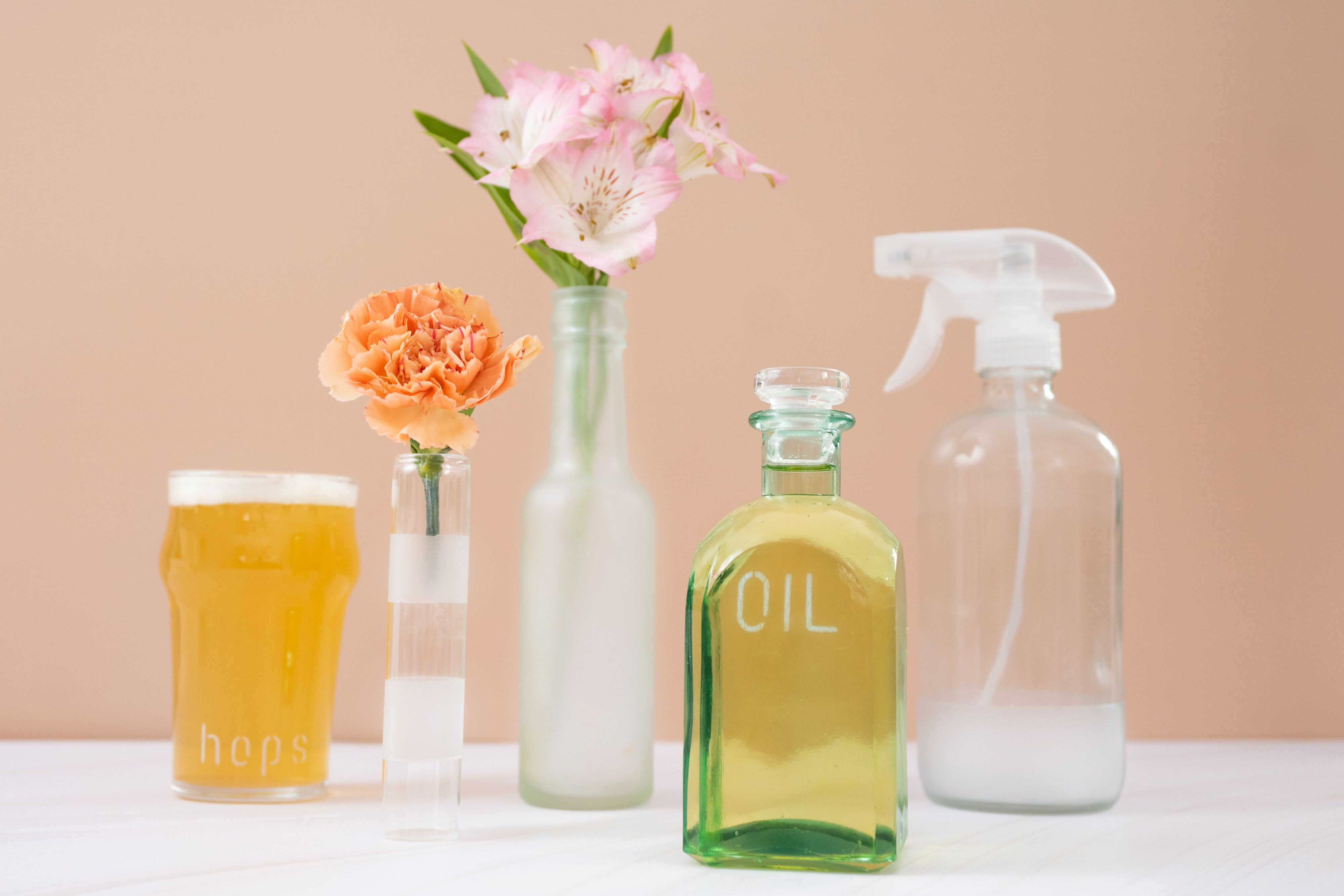
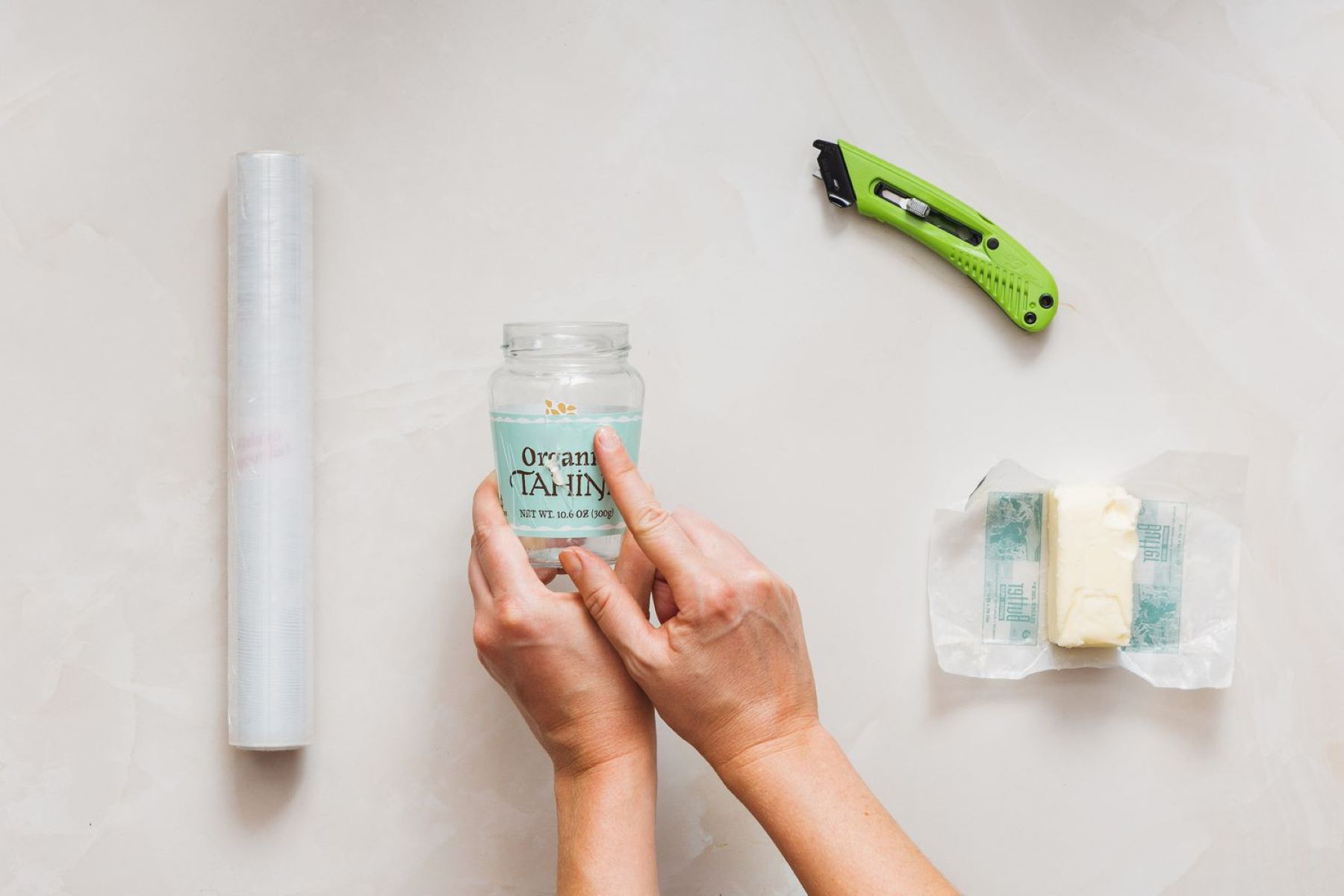
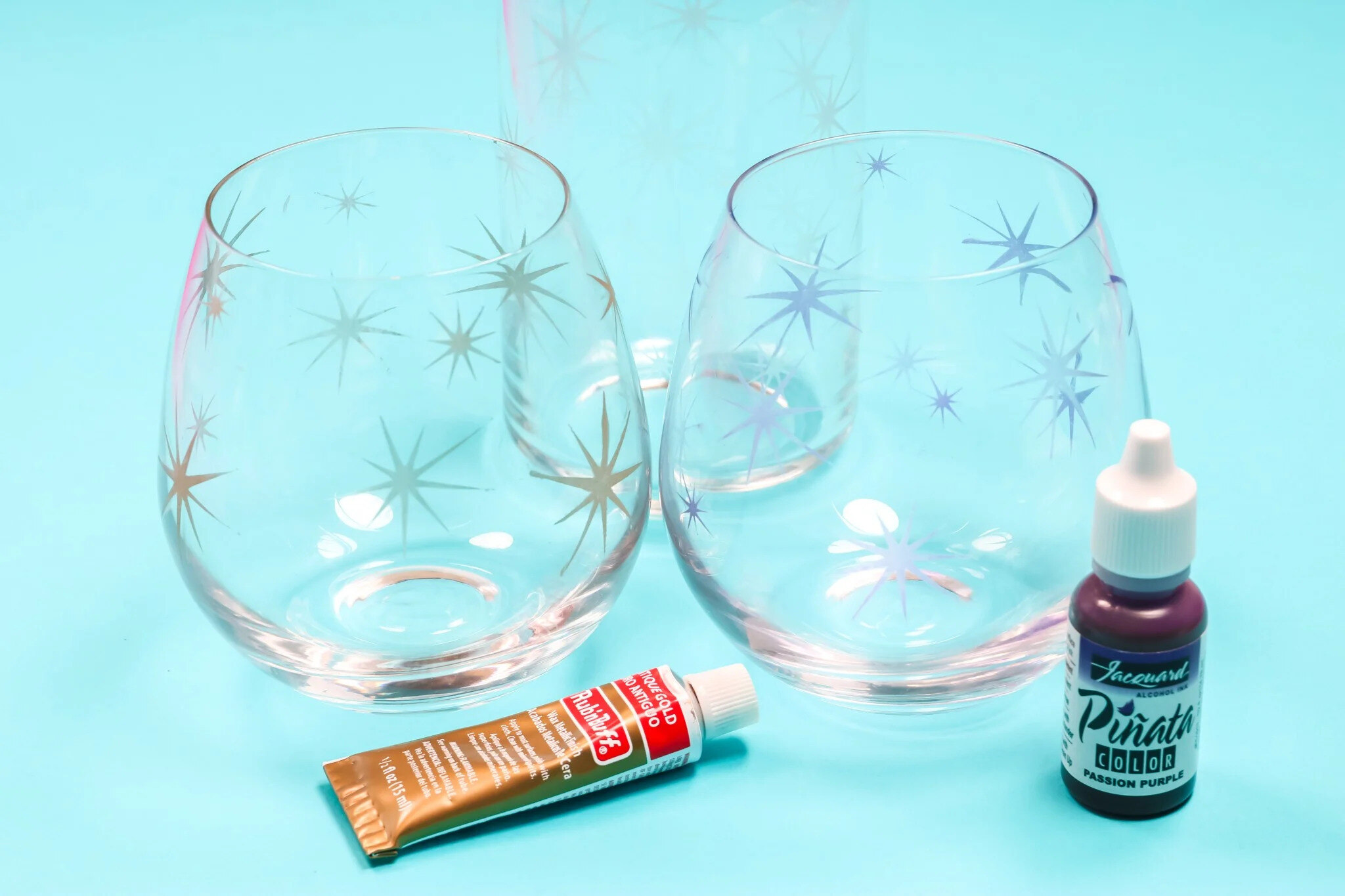
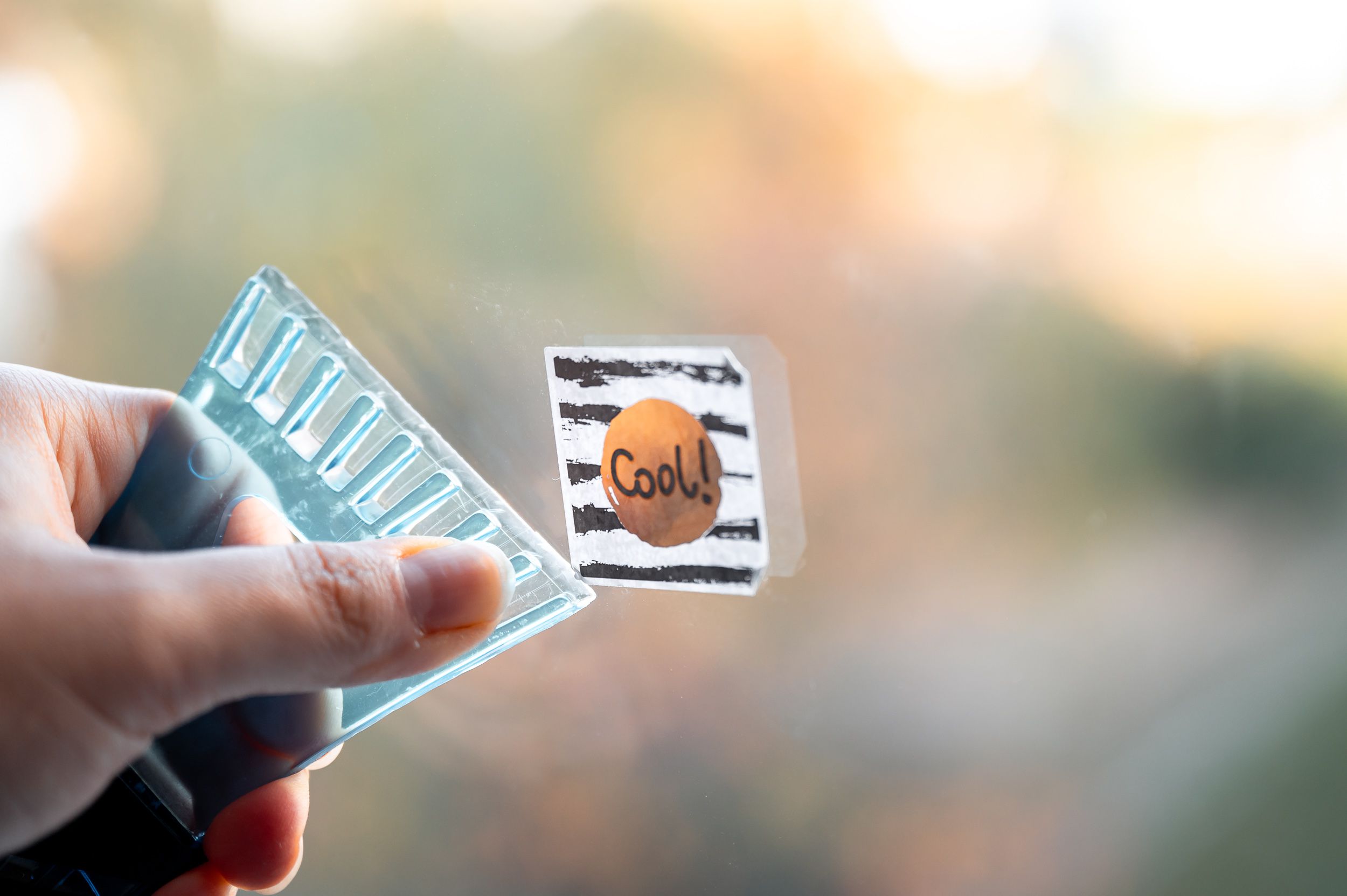
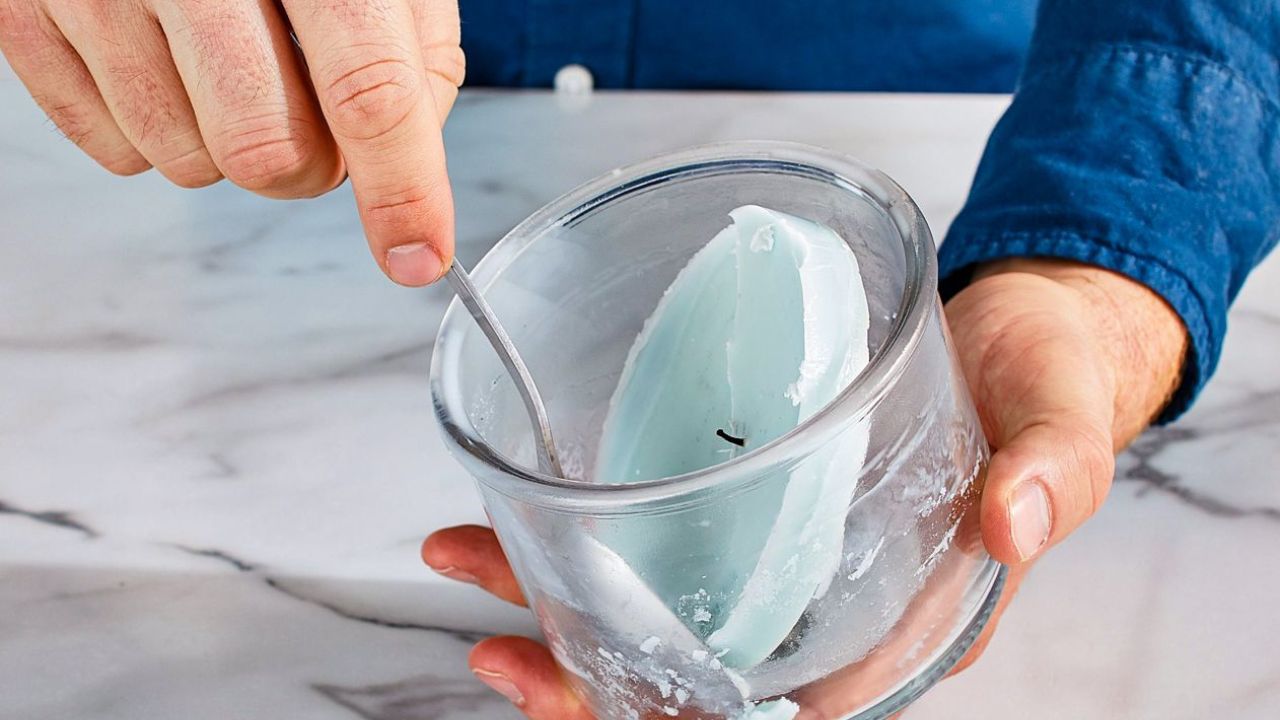
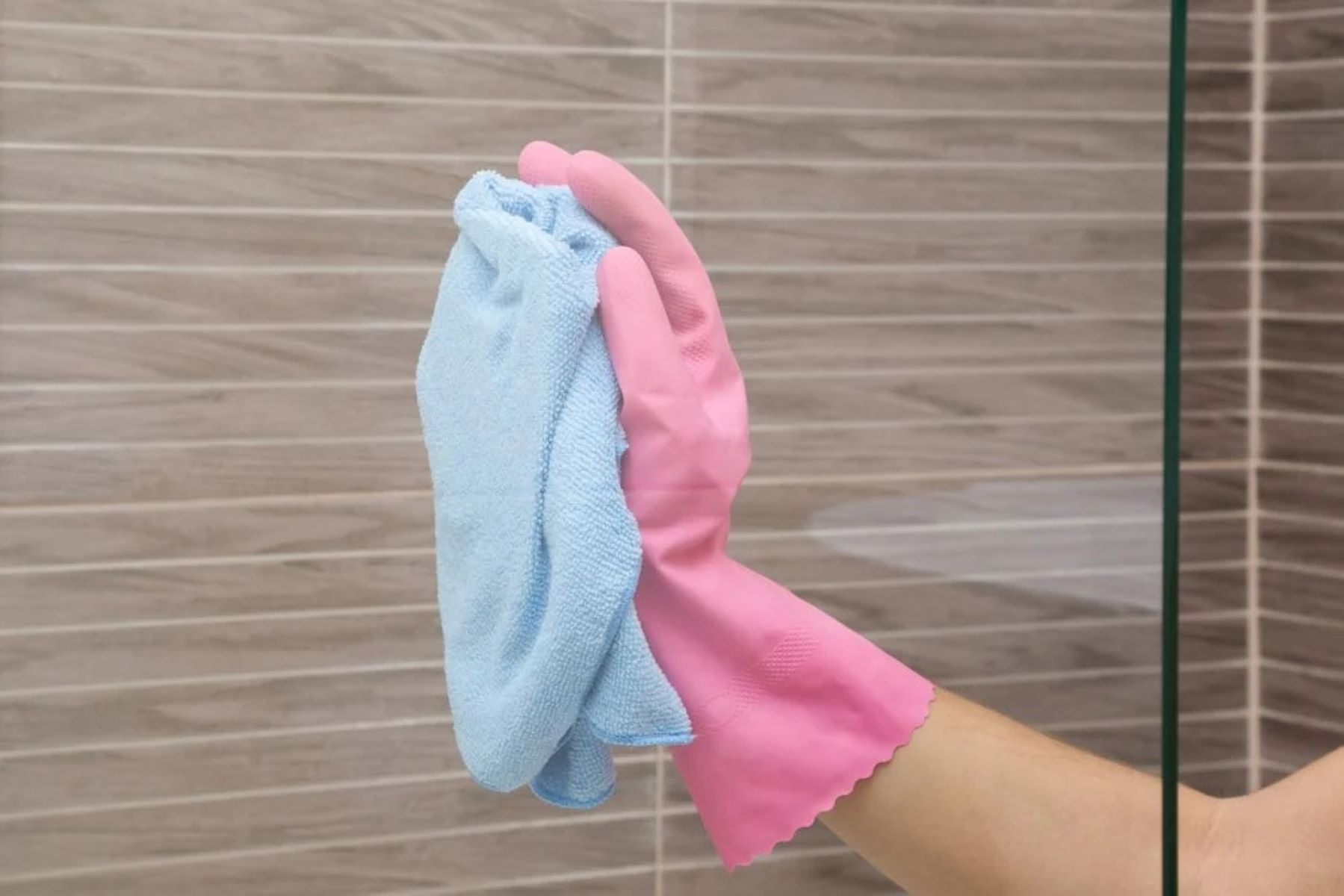
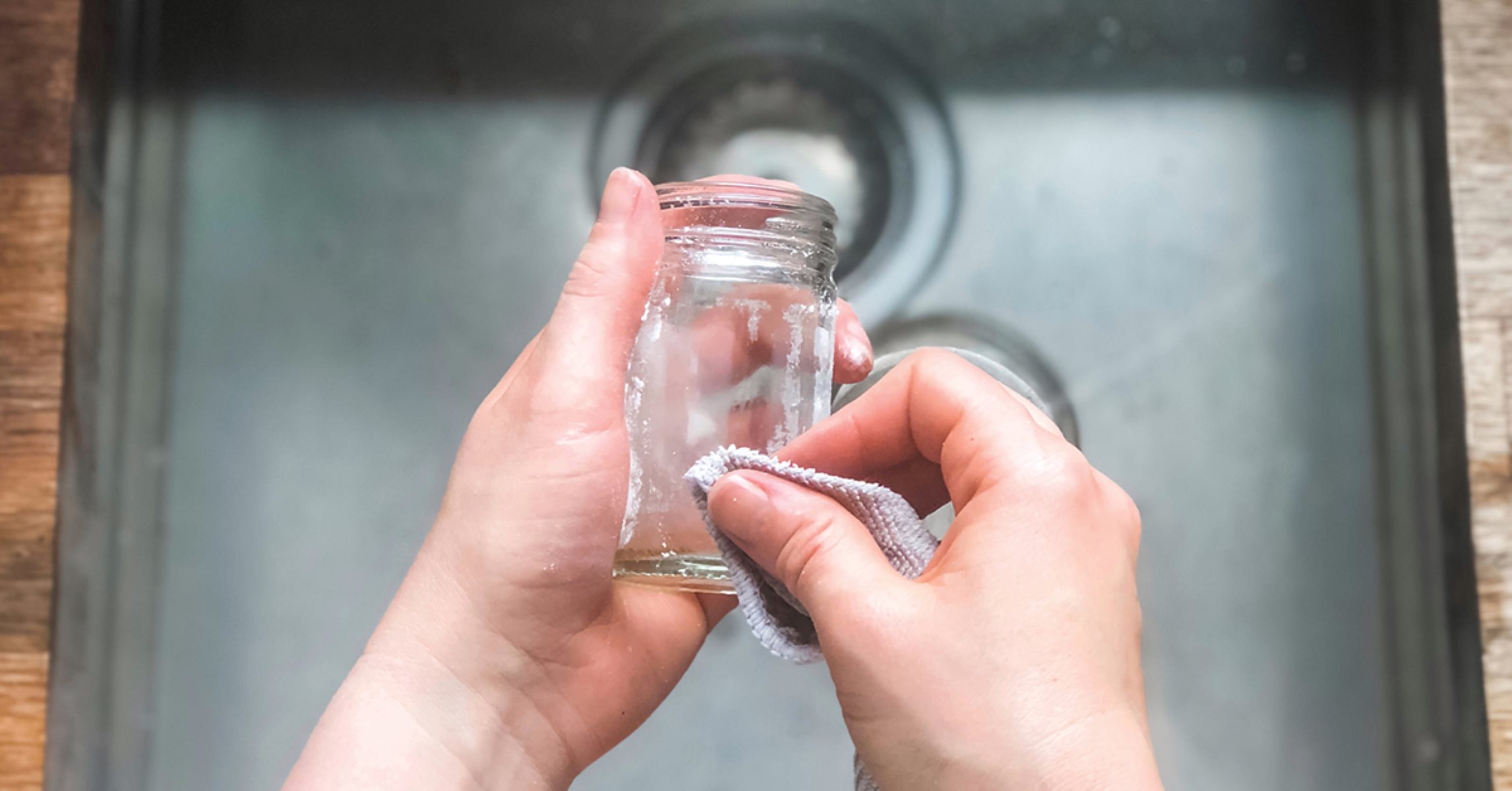
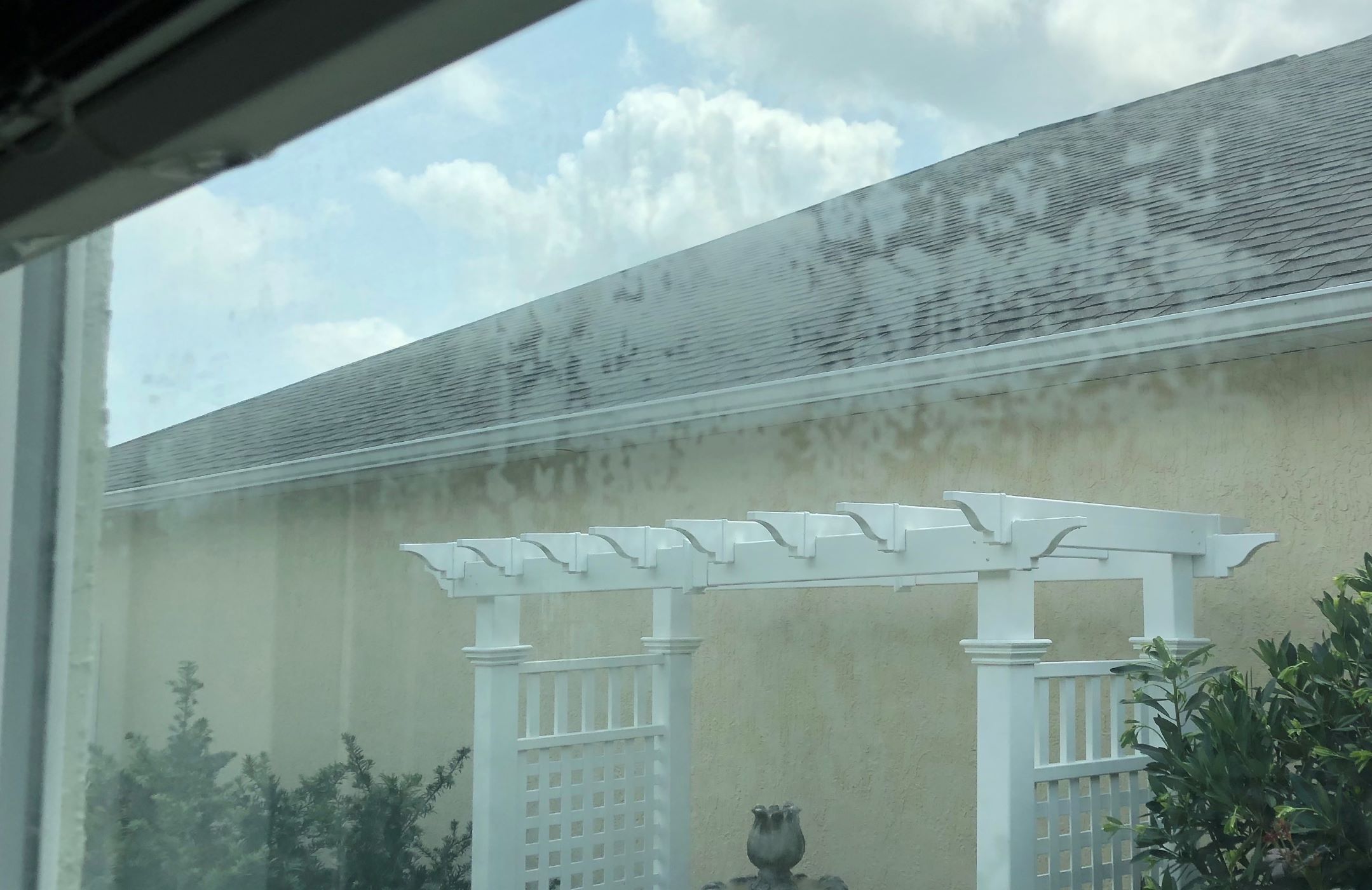
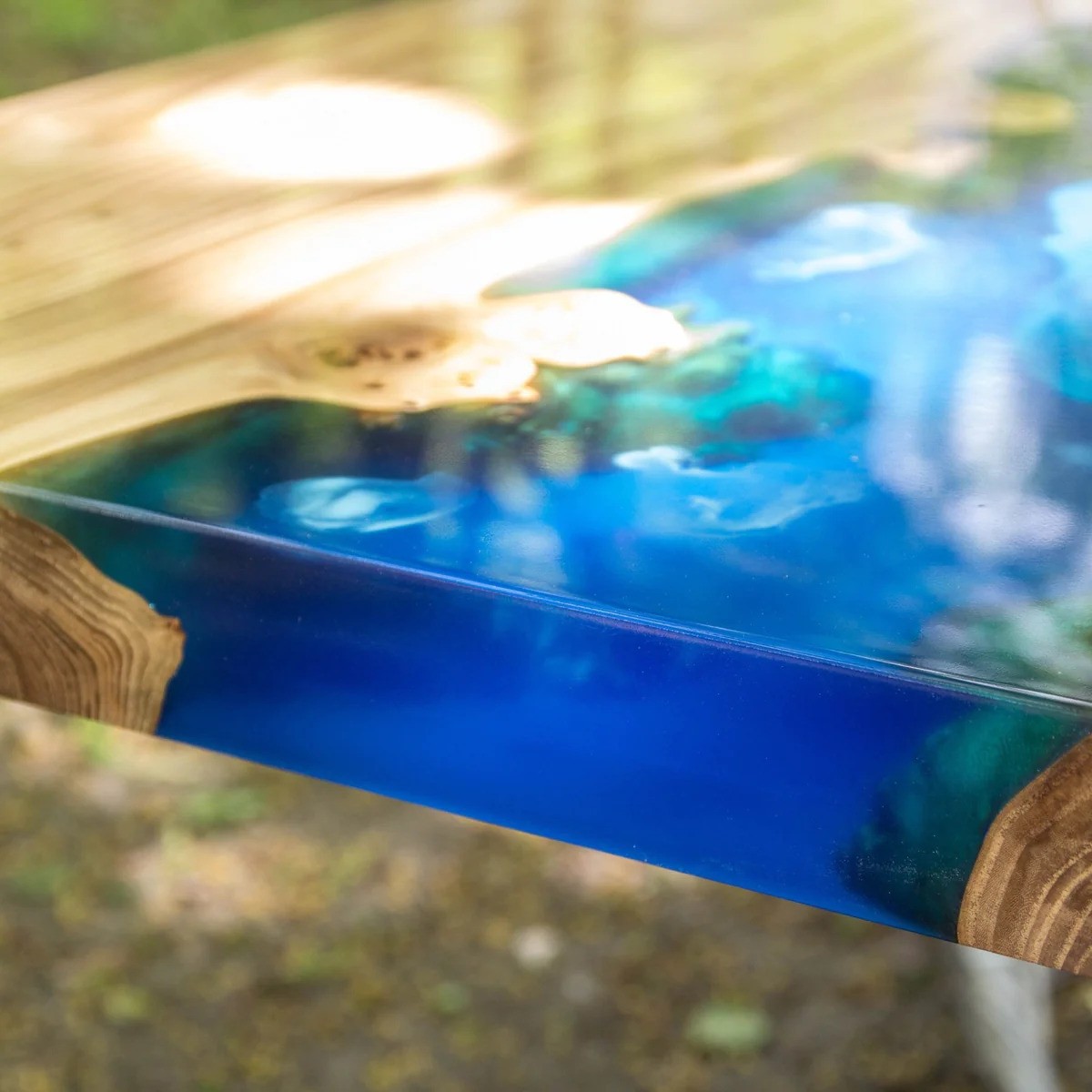
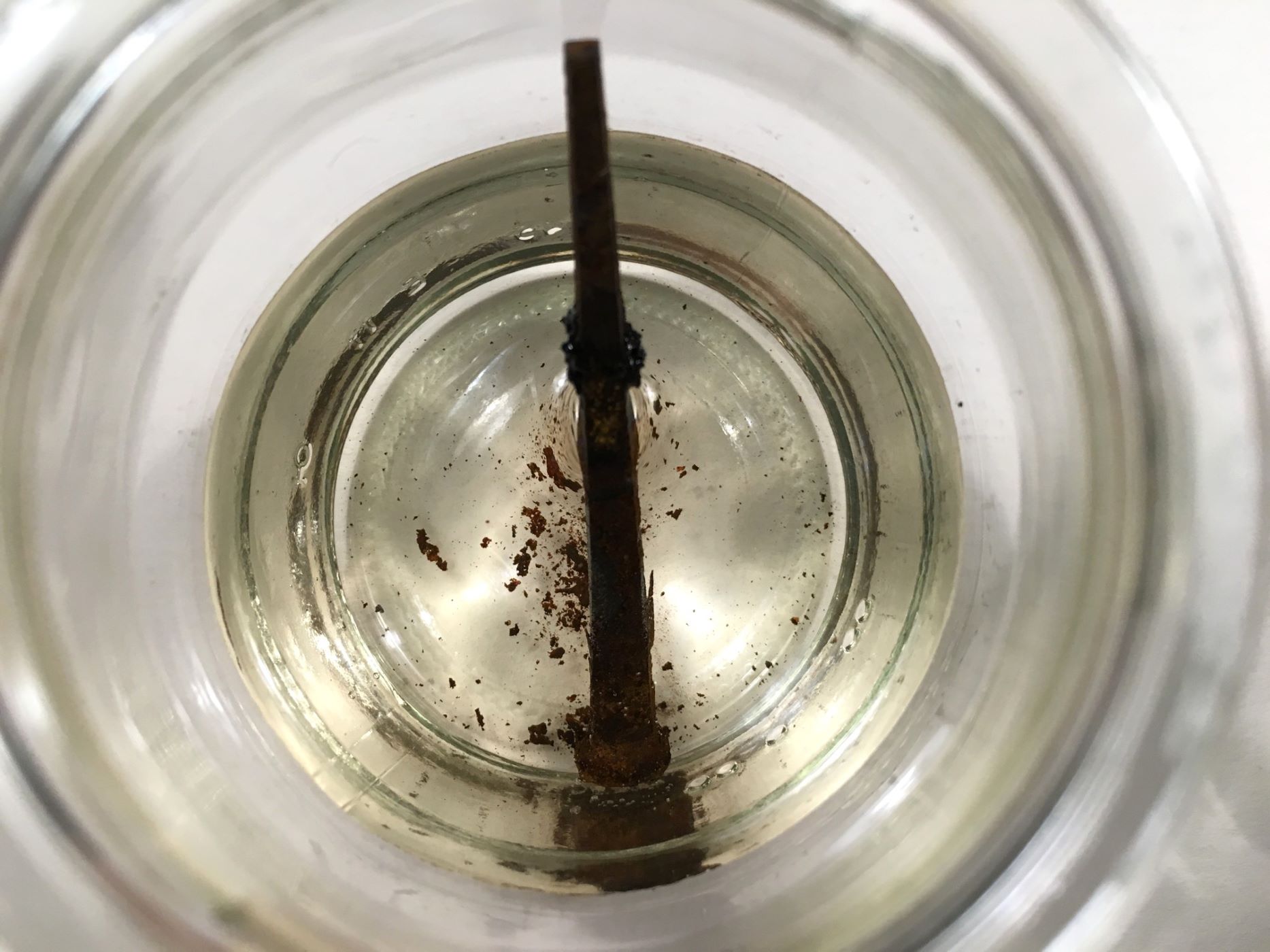
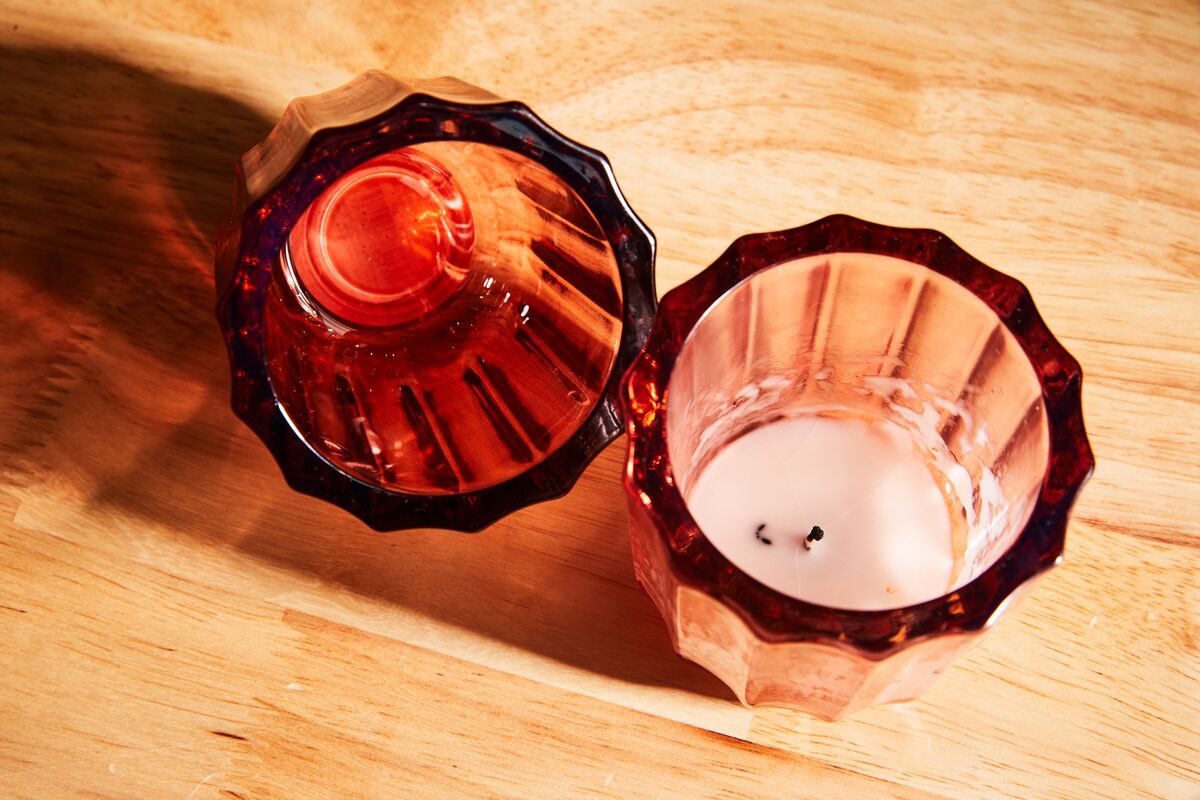

0 thoughts on “How To Remove Frosting From Glass”